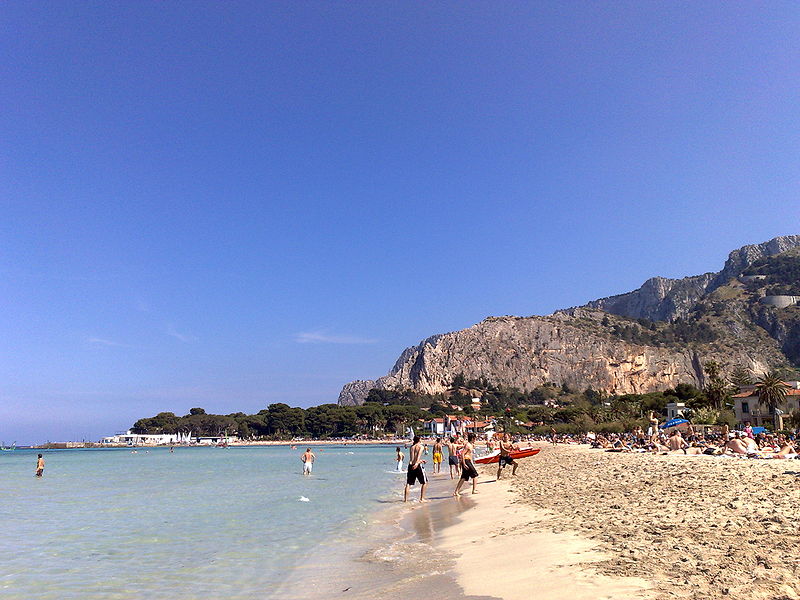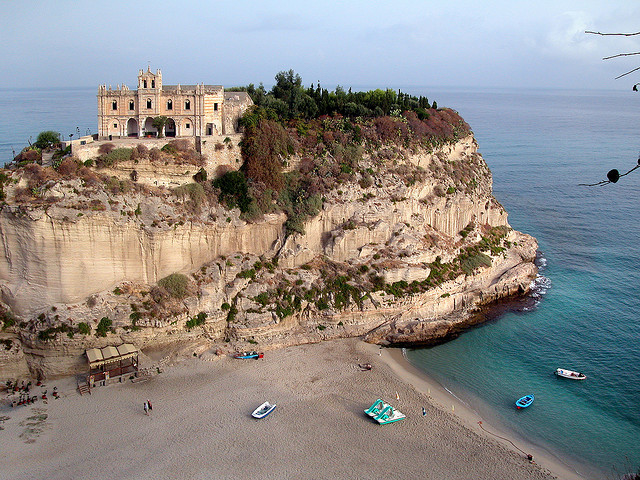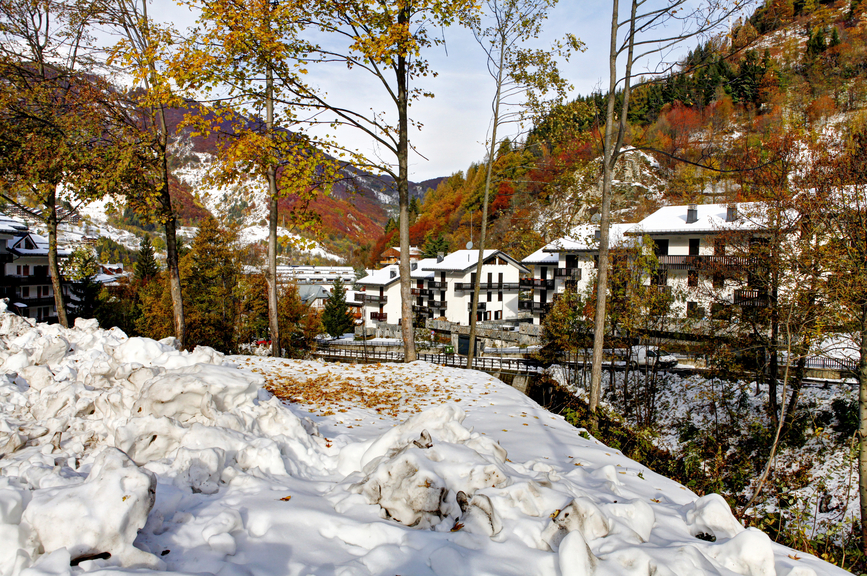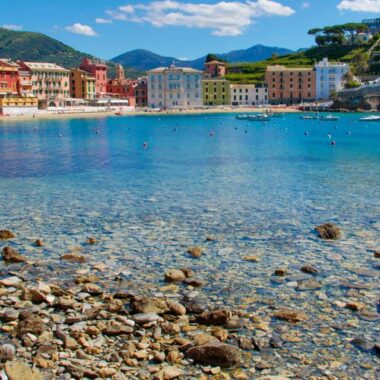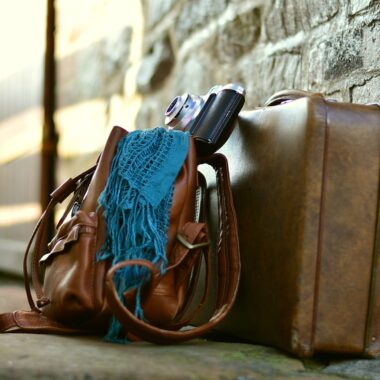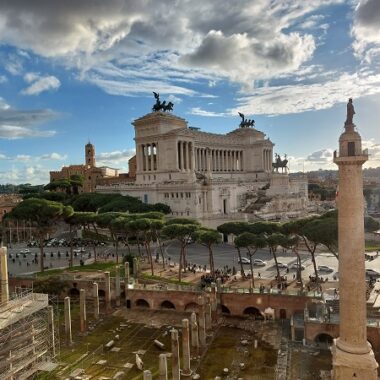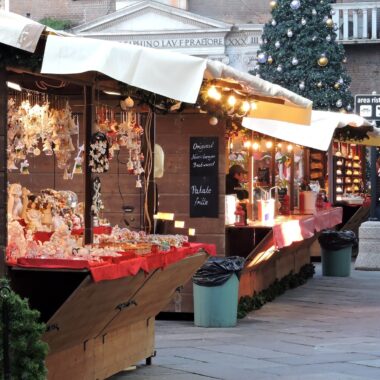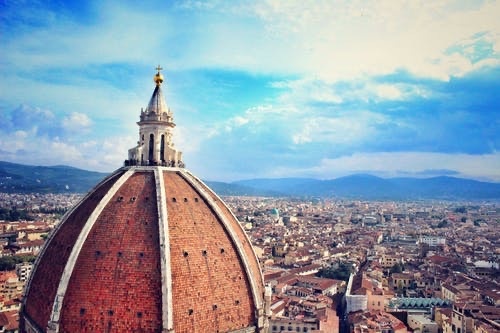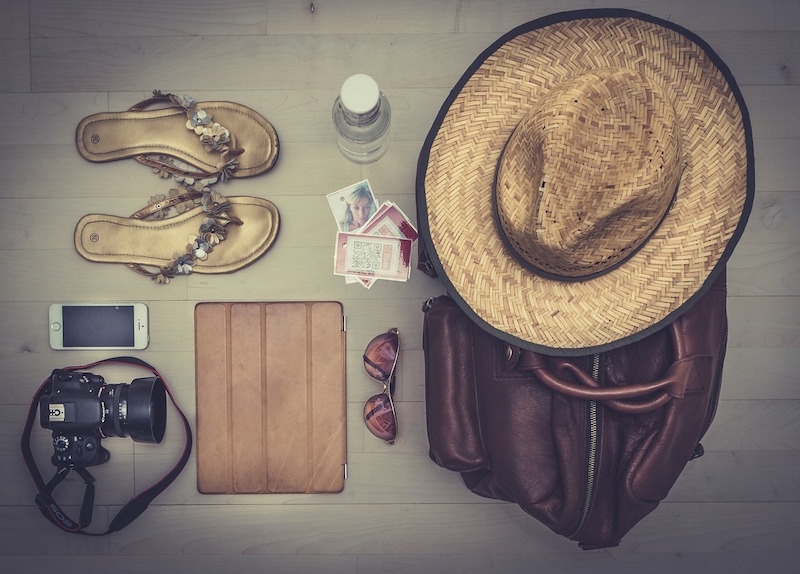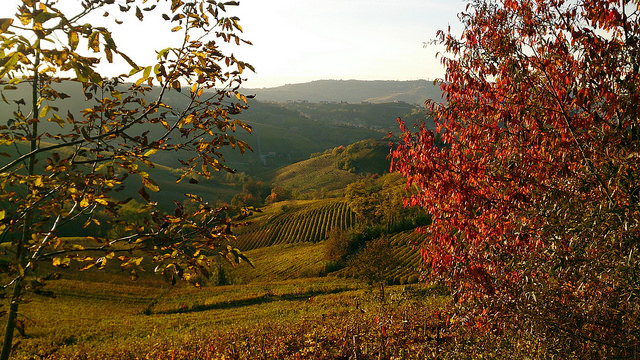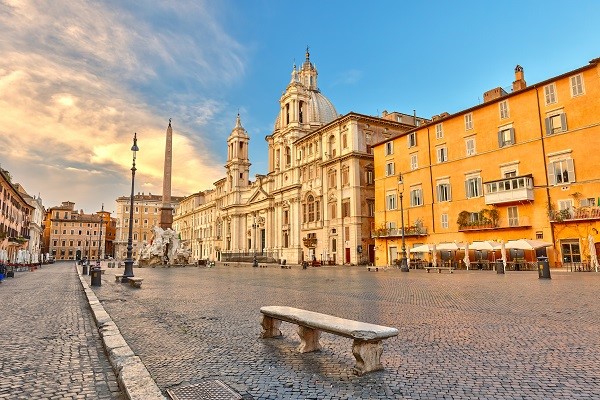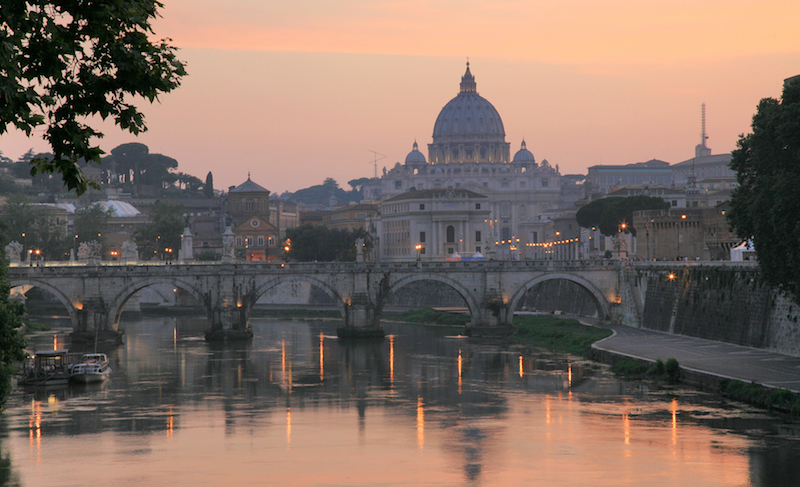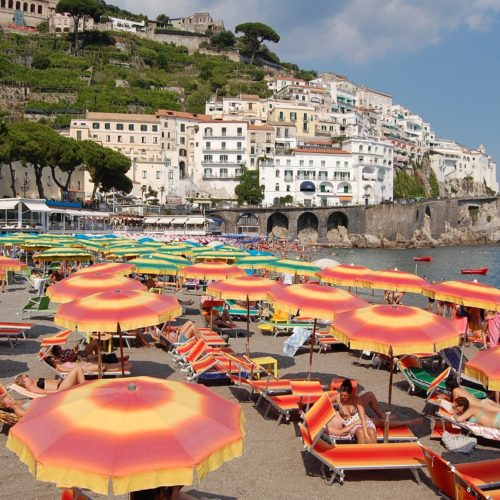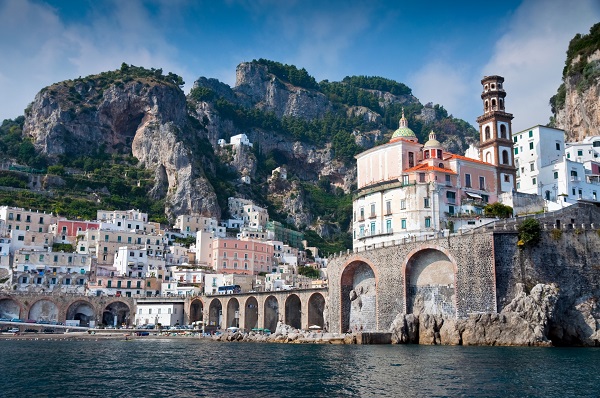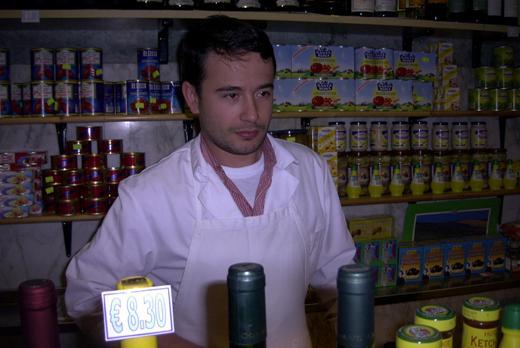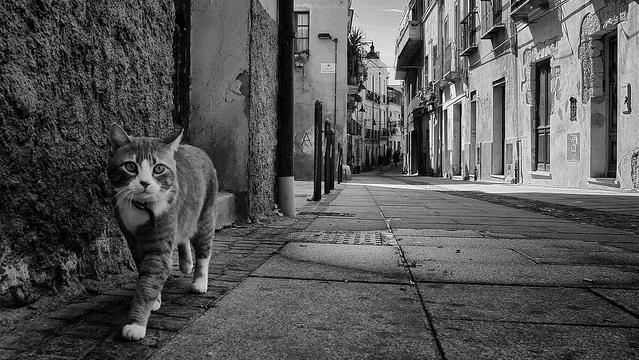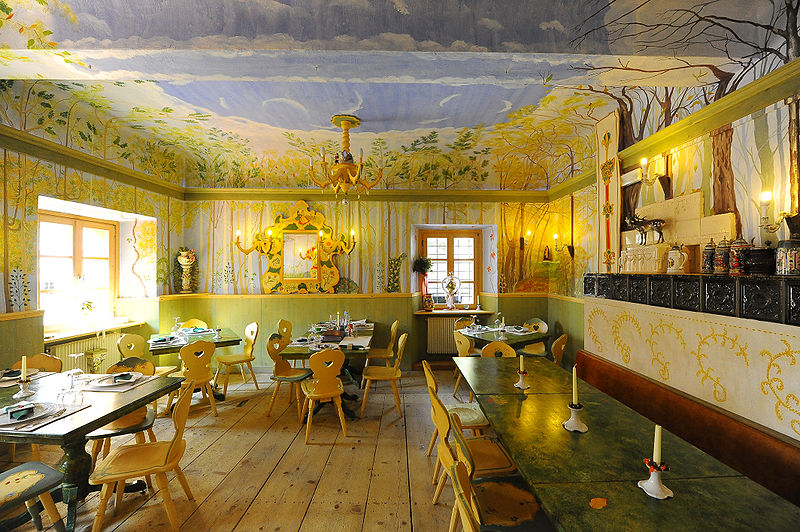
There are certain cultural customs that don’t always translate in a foreign country. What you’re used to at home isn’t always accepted in the place you are visiting. In Italy, you can be sure that most people are very serious about their food and, by extension, the places they eat it. Here are some tips to avoid an embarrassing faux pas while dining in Italy:
1. Sandals and Shorts at Dinner
Meals are events for Italians and a way to gather together and socialize, so looking good is always a priority. While you may sometimes see Italians at the beach eating in shorts and flip flops the preferred dress code is decidedly more stylish and elegant. Think a chic dress, long pants, and a nicer sandal or closed shoe.
2. Parmesan Cheese on a Pizza
Individual tastes always vary, but on the whole Italians don’t eat parmesan cheese on pizza. In some cases requesting such an alteration will even upset the chef. This is not because Italian chefs are like Seinfeld‘s Soup Nazi. It is just that many of them prepare foods with certain ingredients to achieve an exact final taste and presentation. Altering it kills the exact execution of the dish. It’s not about being snobby, but about being proud of the product you serve your customers.
3. Parmesan Cheese on Seafood
Again, just don’t do it. Or at least not while you’re in Italy. Even when pasta is involved. Some people may not be aware, but Italians don’t eat cheese on all types of pastas, rather only on the ones that will be enhanced by the taste of the cheese.
4. Iced Water
Generally water in Italy is served cool but without ice. In fact, most drinks are served straight up. Once again this is a custom that is in place to preserve the integrity and taste of the drink. Taste to Italians is more important than temperature and ice waters down a drink. If, however, you have a craving for a few ice cubes simply ask politely and they will likely be provided.
5. All Meals All Day Long
The majority of Italian restaurants close after lunch (between 3 and 7pm) and are usually closed for breakfast. Hungry in the morning? Most Italians take their coffee (espresso) or cappuccino at a bar, often standing, along with a light breakfast like a croissant. If it’s an American-style breakfast you crave, make sure to eat at your hotel. Usually, downtown and in tourist areas, restaurants are open most of the day but this isn’t always the case, especially for traditional, family-owned establishments. Don’t fret, though. If you get a snack attack at an inopportune moment there is always fast food.
6. Eating Quick, Getting Your Bill Delivered Unrequested and Set-In-Stone Closing Times
Have you ever been finishing up your meal and had a server set down your bill, basically you shooing you out the door? This rarely–if ever–happens in Italy. The culture is all about having slow, leisurely meals and enjoying the time around the dinner table with family and friends. In Italian restaurants the bill comes when you ask for it. Servers don’t work for tips so they’re not in a rush to ensure they get a high turnover. And most restaurants will stay open until the last customer is ready to leave. Just remember to be courteous. If it’s late ask for your bill and head out.
7. Tips
Italy does not have a big tipping culture. If the service is outstanding, and the restaurant is rather exclusive, then leave the customary 10%. It is also a nice idea to leave whatever is left from the change of your bill or a small amount of money. If you pay by credit card you can skip the tip or leave a small amount of cash behind. Most credit card receipts in Italy don’t give the option of leaving a tip as they do in North America.
8. Bill Splitting
Many restaurants are still reluctant to provide separate bills for a group dining out. In Italy it’s customary to divide the amount by the number of people rather than by exactly what everyone ate. If one person had a small amount or food or drink the others will usually pick it up for them.
You might also be interested in:


